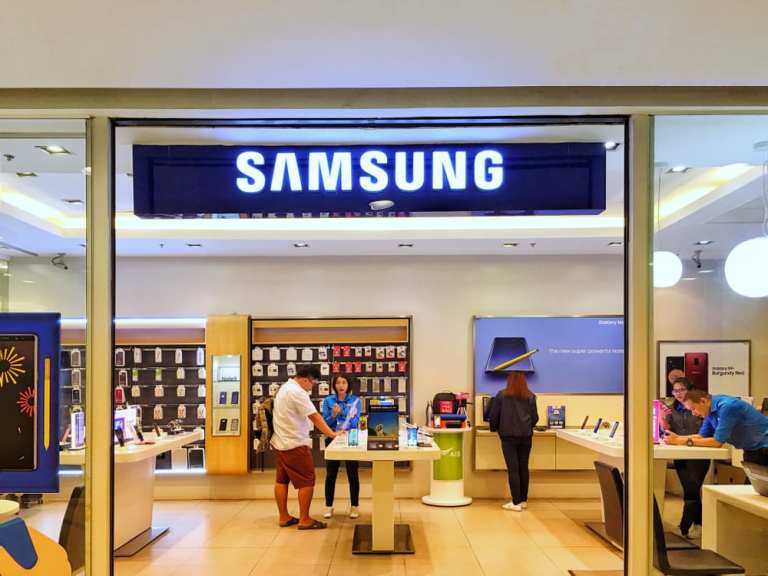Smartphone shipments for Samsung increased in the second quarter of 2019, the company said in its latest earnings report, thanks to retail sales of its mid-level models. But sales of the flagship Galaxy S10 declined year over year in Q2, leading to a 42 percent drop in profit compared to the same period in 2018, even though revenue for Samsung’s mobile division increased 8 percent.
Samsung’s earnings provide a glimpse into the intersection of retail and mobile. For Q2, the South Korea-based company reported an overall 4 percent year-over-year revenue decline, to about 56.13 trillion won ($47.4 billion).
Profit Problems
According to CNBC, “this is the second consecutive quarter where the South Korean tech giant’s operating profit more than halved from the same period a year earlier. In the three months that ended March, Samsung’s profits fell about 60 percent on-year to 6.2 trillion Korean won ($5.3 billion).
The company had little to say about its Samsung Pay mobile payment product, but stated that in Q3, it will “focus on successful launches of the Galaxy Note 10 and Galaxy Fold and also strive to improve profitability by increasing operational efficiency.” As well, Samsung said it plans to “solidify (the) foundation in the global 5G market based on our leadership in 5G commercialization in the U.S. and Korea.”
Samsung Pay recently got a boost from Braintree, the eCommerce payments company owned by PayPal. Braintree said merchants in the U.S. can now accept Samsung Pay for in-app payments. The company also said support for Samsung Pay was driven by focusing on the future of commerce and helping merchants.
Advertisement: Scroll to Continue
Samsung warned in its Q2 earnings report that weak market conditions impacted its overall business, including its vital semiconductor business, but the company hopes that the Galaxy Fold and Galaxy Note 10 will spark more premium smartphone sales. It is also looking for more long-term revenue fuel via 5G mobile network deployments, including for retail innovation and other commerce uses.
5G Future
Analysts have said Samsung has accumulated about a 10 percent share in the equipment market for 4G networks, while also investing heavily in research and development, as well as registering patents and making strategic acquisitions for its growth in 5G. Samsung plans to increase its market share in the technology to 20 percent by 2020.
Already, South Korea’s SK Telecom and retail conglomerate Shinsegae Group have joined forces on 5G retail. They plan to develop new business models and services centered around the technology. The recent deal calls for the companies to develop what a report called “5G-based business models that can be applied to Shinsegae’s department stores and discount store chain E-Mart as well as various shopping malls.”
That effort will apparently involve virtual reality (VR) along with augmented reality (AR). The plan is to use VR technology to enable consumers to shop via digital platforms instead of inside brick-and-mortar locations, though no further details were immediately available.
Various estimates have expressed the commerce- and payments-related stakes involved in 5G deployment, and a recent analysis from Adobe Digital Insights stands as a relatively reasonable prediction at this point: Over the next three years or so, 5G deployment will result in an additional $12 billion in mobile commerce revenue for U.S. retailers. That, of course, “assumes a smooth, scheduled rollout of 5G networks. Nonetheless, it’s a clear statement that when friction is removed from the user experience, people respond.”
Samsung, despite its Q2 problems, promises to play a big role in this area of retail.




